One-of-a-Kind Holographic Ring Discovered in Roman Mummy’s Grave
The ancient citizens of the world-famous Roman Empire were known for many things, including their military prowess, innovative political policies, incredible architecture and infrastructure, as well as impressive artwork and even jewelry.
But while historians and the entire world have always been impressed by the feats of the Roman Empire, everyone is still completely amazed by a newly discovered millennium-old holographic ring.
A Rare Treasure Found at the Grottaferrata Necropolis
Around 1000 CE, citizens of the Roman Empire built a grand necropolis, a large intricate cemetery, in what is now Grottaferrata, just a few miles away from the great city of Rome.

Source: Maruo Rubini/ResearchGate
For years, archaeologists have been excavating the tombs of Rome’s ancient ancestors. While they have certainly found a wide variety of historically important artifacts, their latest finding has become worldwide news.
How Is This Ancient Ring a Hologram?
The discovery that everyone is talking about is what many are calling the holographic ring. Today, when people think of a hologram, they think of a high-tech, three-dimensional image made from light.

Source: Adobe Stock
However, this Roman ring is (unfortunately) not a technologically advanced hologram, but it does contain a three-dimensional figure, hence the nickname.
The Holographic Ring
Essentially, the artist who created the magnificent piece chiseled a miniature bust and then surrounded it with a cabochon of rock crystal before encasing it in a gold ring to be worn on the finger.

Source:@Roman Empire/Facebook
The face inside is not only perfectly visible but also a complete three-dimensional statue of a young man.
Why Is the Holographic Ring Special?
The Romans were certainly known for their ability to create awe-inspiring jewelry with gold, bronze, and precious stones of all kinds. But nowhere, in the thousands of artifacts from the first century, has a ring like this one been found.
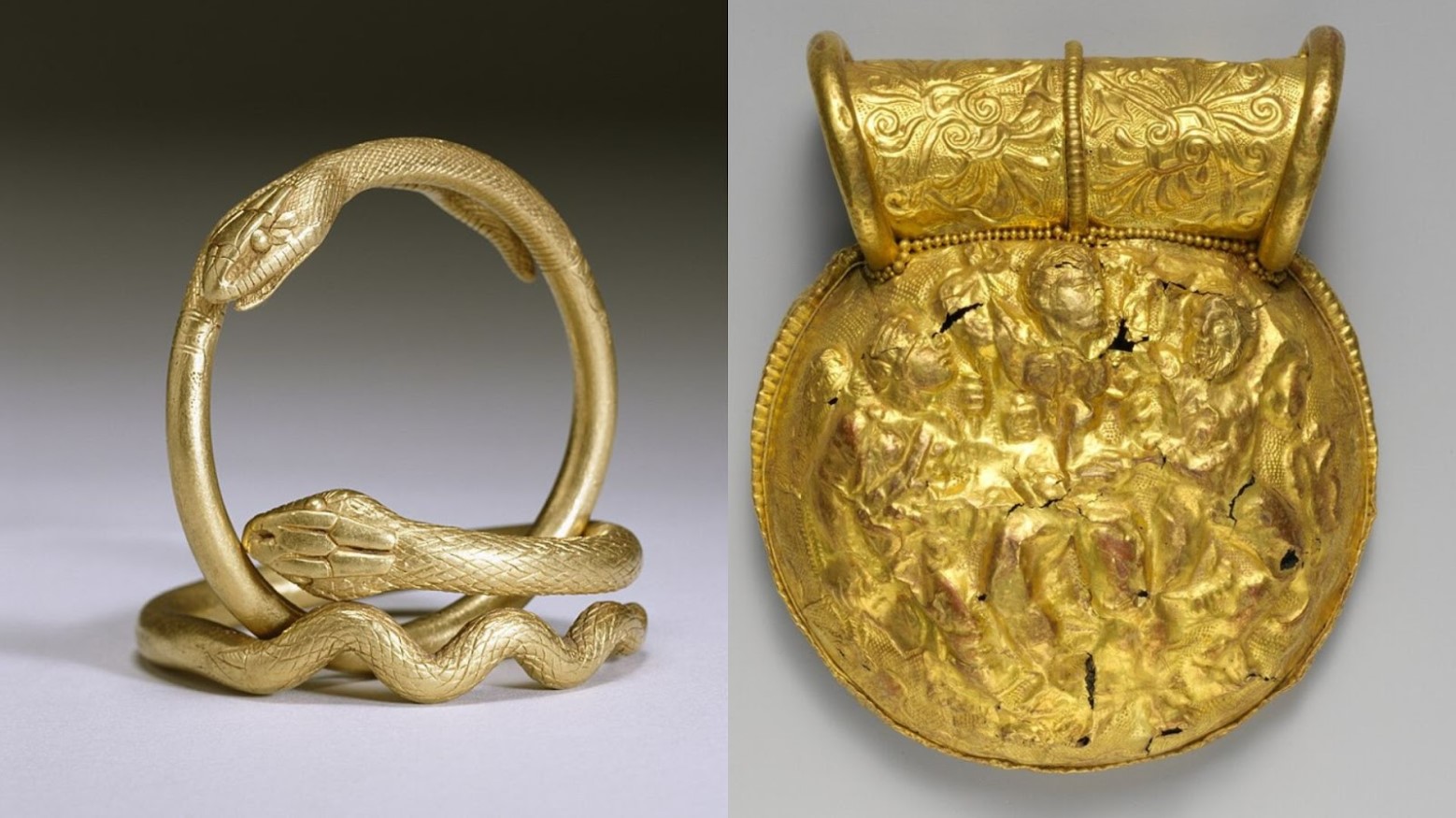
Source: Wikipedia
Therefore, this ring is considered exceptionally special because of its exquisite artistry. However, what’s also thrilling about the find for academics and laypeople alike is that historians know exactly whose face sits inside.
The Ring Belonged to Aebutia Quarta
Although not every tomb or sarcophagus found at the necropolis was inscribed with the name of the deceased inside, somewhere. The sarcophagus in which they found the holographic ring was clearly marked as the resting place of Aebuita Quarta.
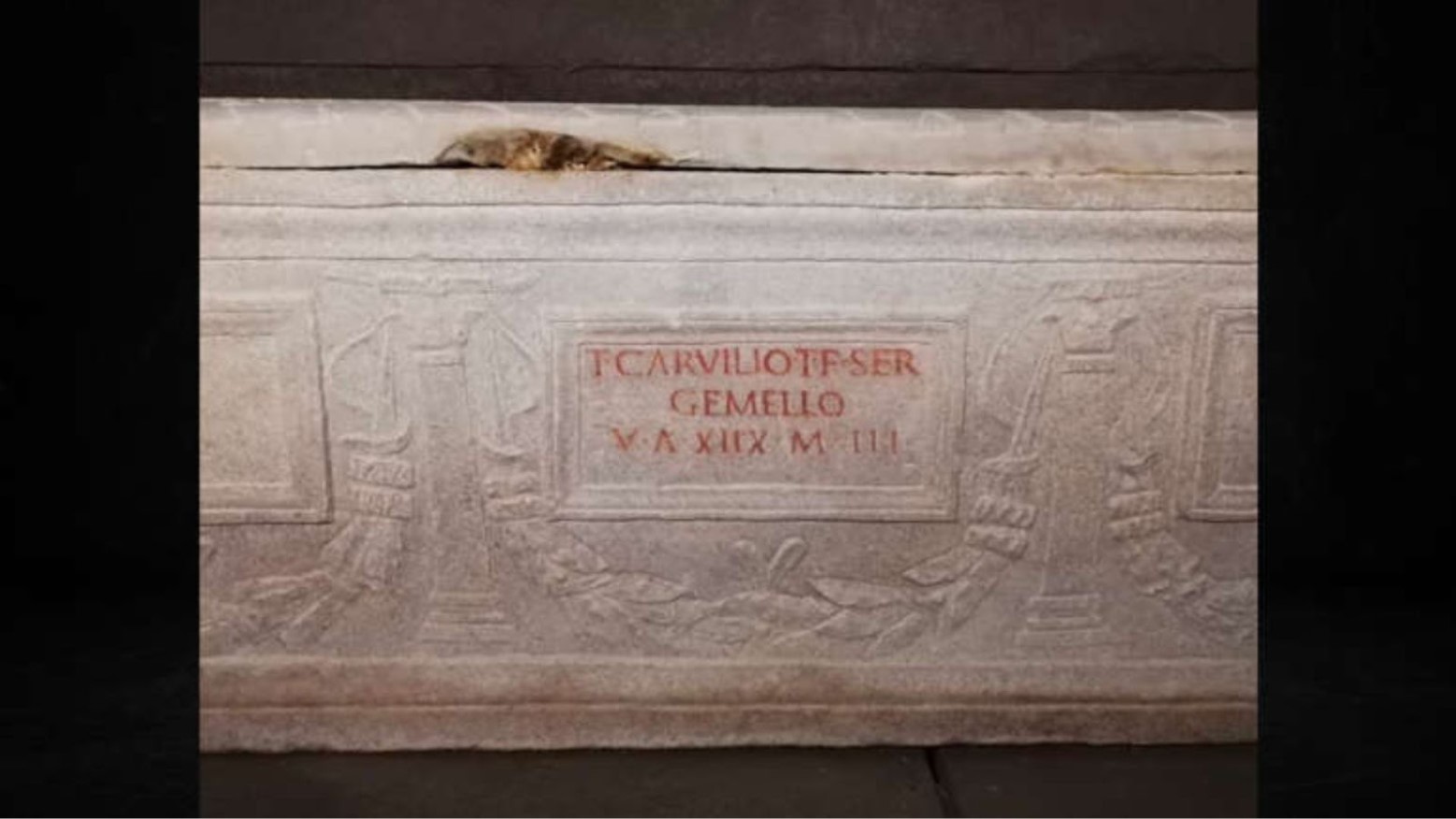
Source: Museo Archeologico Nazionale di Palestrina MANP
Just beside her, the archaeologists found the remains of Carvilius Gemellus. After a comprehensive investigation of both mummies, they were able to determine that Carvilius was Aebuita’s son, who had died at around 18 years old.
Researchers Dove Deeper in the Lives of the Mother and Son
The team at the dig created reconstructions of the faces of the mummified mother and son and believe they have established what they would have looked like when they were alive.

Source: Maruo Rubini/ResearchGate
Both Carvilio and his mother were laid to rest with beautiful floral garlands, telling historians that they were certainly of quite a high class in society. But that’s not all they know about these two ancient people.
Preservation of the Bodies Over Thousands of Years
Carvilio’s body was almost completely preserved when the archaeologists found it. Which they believe indicates that he either died from an injury or some kind of fast-acting poison.
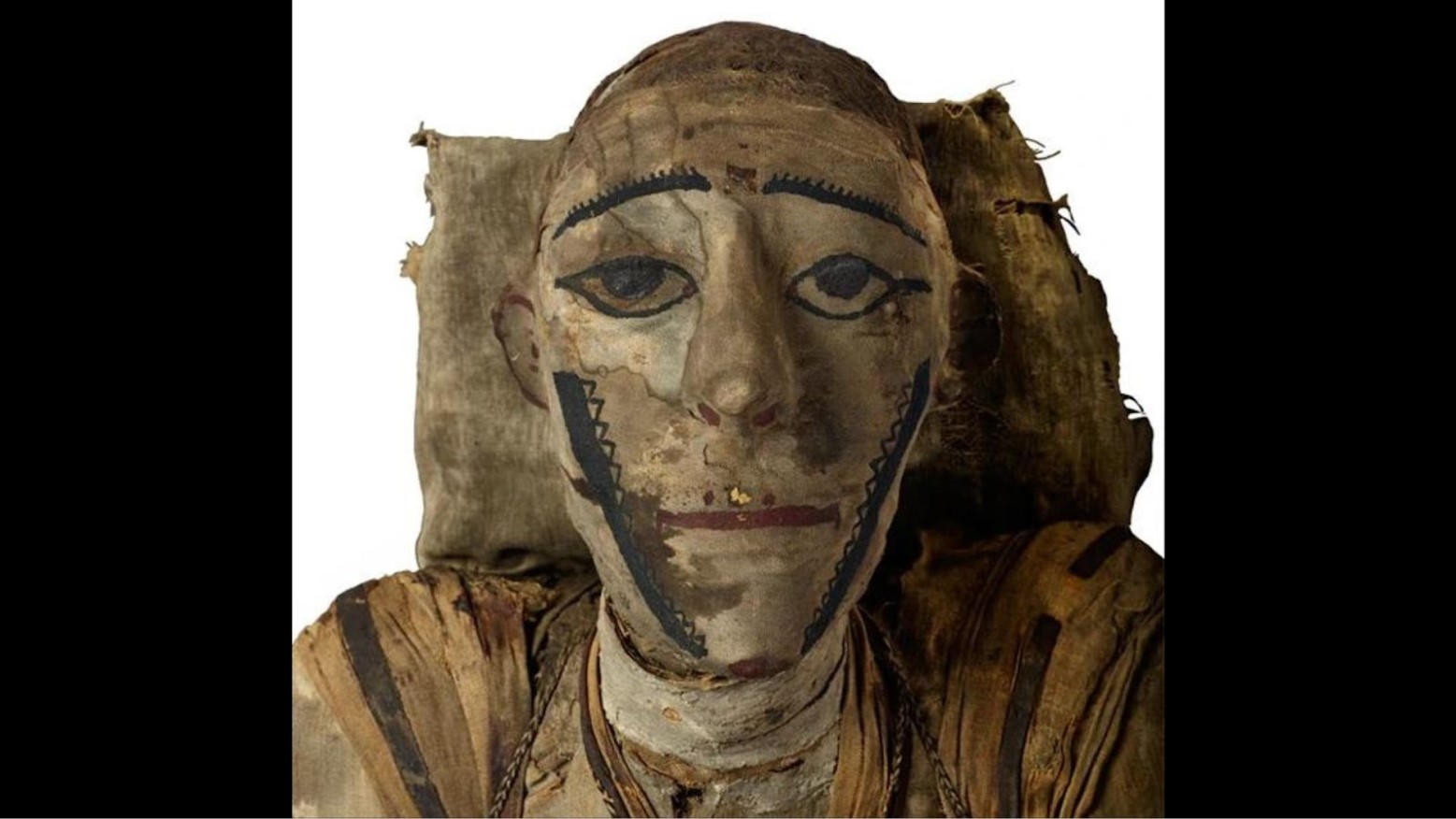
Source: Mummupedia Wiki
His mother’s body had been embalmed in order to best preserve it for the afterlife, but unfortunately, there was a break in the sarcophagus seal, so Aebuita’s remains were slightly less perfect than those of her son.
Intricate Details of the Mummified Mother and Son
Fortunately, they were still able to conduct extensive research on both bodies, and they noticed some interesting things. After analyzing Aebuita’s hair under a microscope, they found that she had used some kind of dye to color it.

Source: Maruo Rubini/ResearchGate
Additionally, by using spectroscopic techniques, they were also able to determine that Aebutia was only exposed to mild temperatures after her death, meaning she was not burned or frozen.
Why Was So Much Attention Given to These Two Mummies?
It’s important to understand that while mummifying the dead was quite common for the wealthier Romans, archaeologists hadn’t found very many before the last century. In fact, when researchers found Carvilio in 1723, he was only the second-ever mummy to be discovered in Rome.
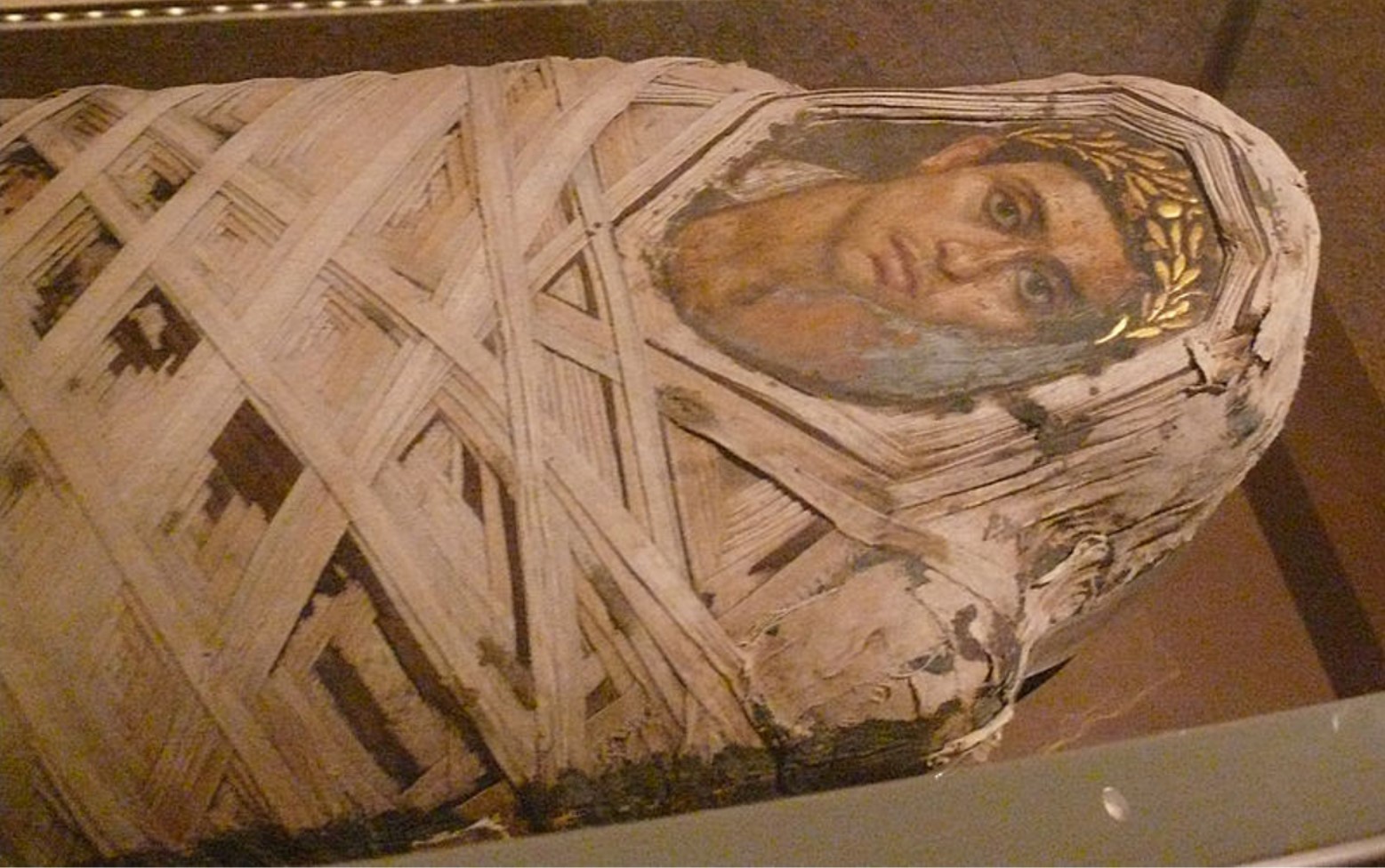
Source: Wikipedia
Today, there are several Roman mummies in museums all around the world. But for many, Carvilio will always be the most beloved as the “Mummy of Rome.”
What Do the Bodies of Carvilio and Aebuita Teach Us About the Romans?
There are extensive texts, murals, artifacts, and tombs from when the Romans essentially ruled the Earth. Therefore, archaeologists, anthropologists, and historians across a variety of fields already have a deep understanding of what life was like for this impressive culture.
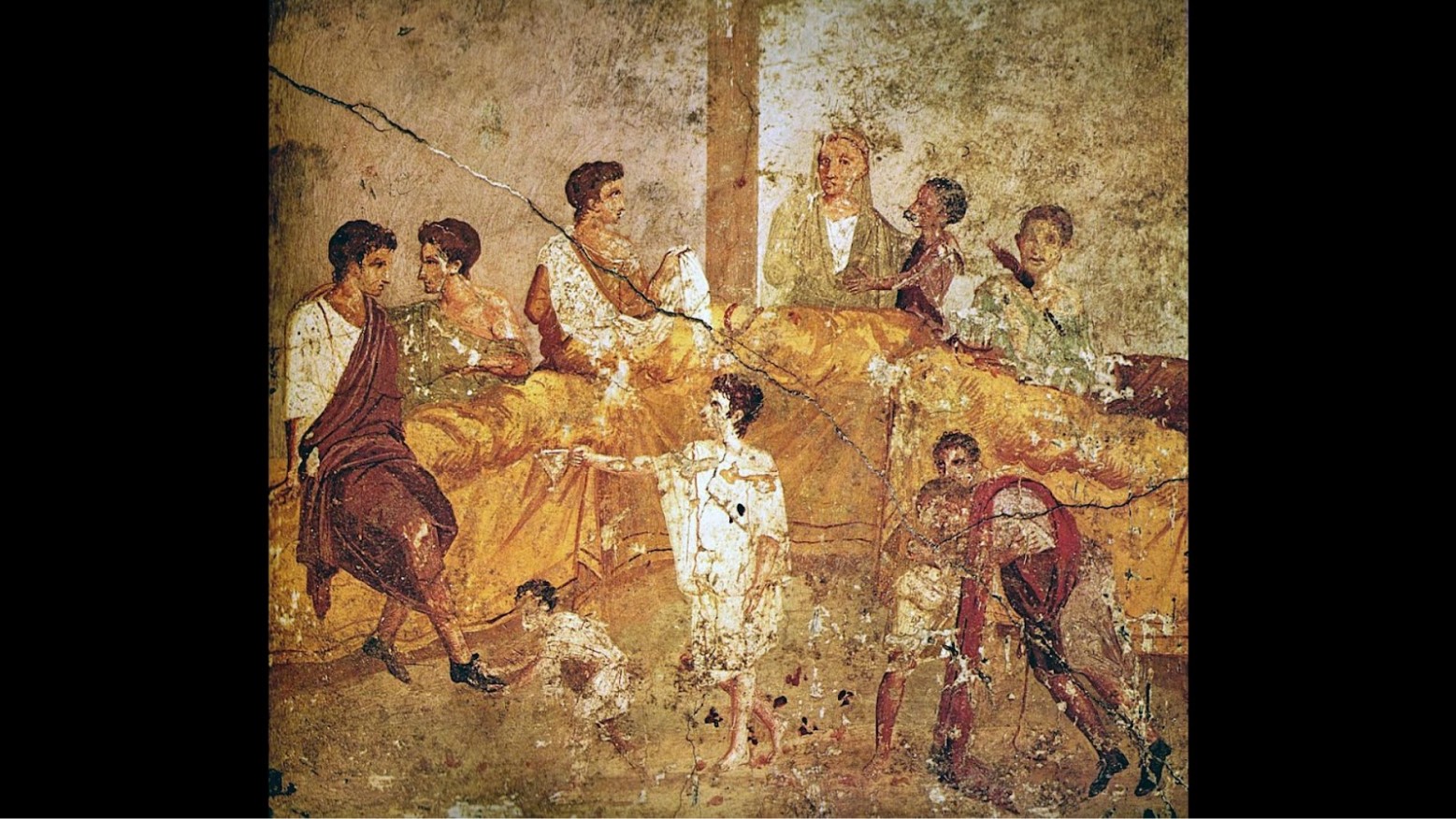
Source: Wikipedia
However, the detailed analysis of the bodies of the mother and son found in the necropolis tell them even more. Especially about the family systems of Rome and the importance they placed on familial connections.
Aebuita Chose to Immortalize Her Deceased Son in a Ring
The holographic ring that was found on Aebuita’s finger was undoubtedly extremely expensive, but she obviously felt that having a lifelike portrait of her recently departed son on her finger was worth any price.

Source: Freepik
This tells historians that the mothers of ancient Rome weren’t so different from those of the modern world; a mother’s love and grief are both inevitable and eternal.
